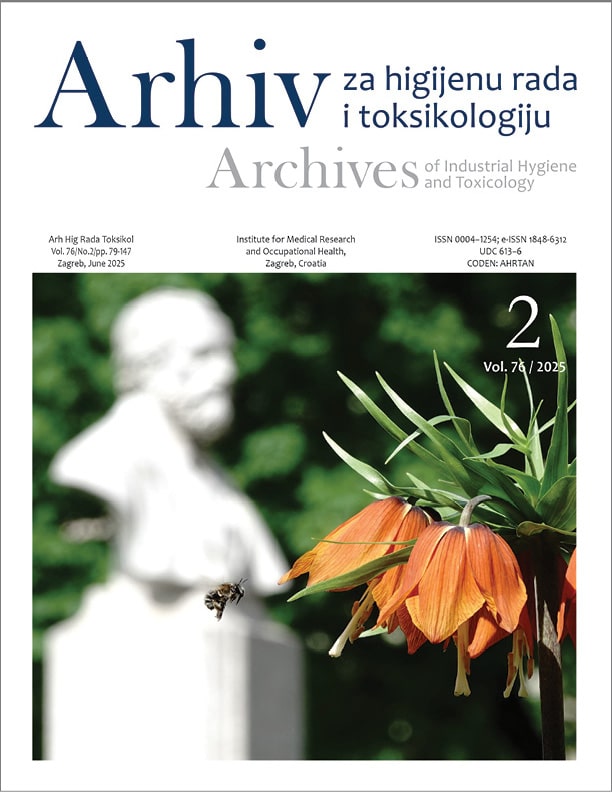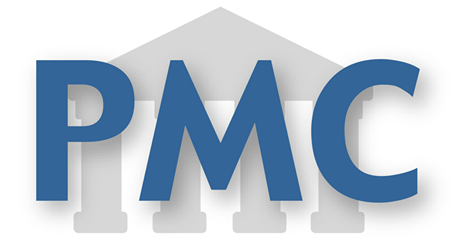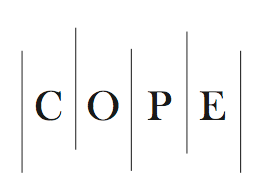Theory of random measurement errors: concepts, uses, and misuses
DOI:
https://doi.org/10.2478/aiht-2025-76-3977Keywords:
mean value, relative uncertainty, statistics, uncertainty of the meanAbstract
We present an overview of the theory of random measurement errors, focusing on the underlying concepts rather than on a strict mathematical formulation. Although the related literature is extensive, one can frequently encounter partly or completely wrong usages of the theory. In many cases, these misuses stem from incomplete understanding of the basic principles. Our presentation is based on a discussion on similarities and differences between this theory and statistics, as they are used differently in analysing the results of an experiment. In statistics, the central parameters are the mean and standard deviation, which are related to a given statistical distribution. In the theory of random measurement errors, the mean has a different meaning, representing the best estimate of the true value of a measured quantity. The second parameter of importance is not standard deviation but the uncertainty of the mean, which sets the probability that the true value lies in a given interval around the mean. These conceptual differences are seldom pointed out, which sometimes results in doubtful or wrong analyses and presentations of measurement results. We illustrate our theoretical considerations with examples of proper and improper use of the theory.
Downloads
Published
Issue
Section
License
Copyright (c) 2025 Branimir Zauner, Branko Petrinec, Tomislav Bituh, Saša Ceci, Nikola Volarić, Aleksandar Včev, Andrea Vukoja, Dinko Babić

This work is licensed under a Creative Commons Attribution 4.0 International License.














